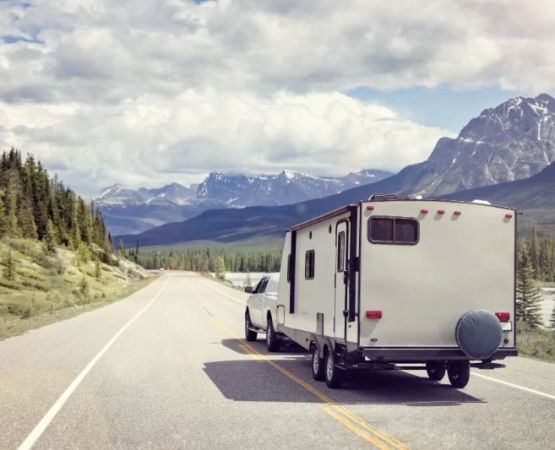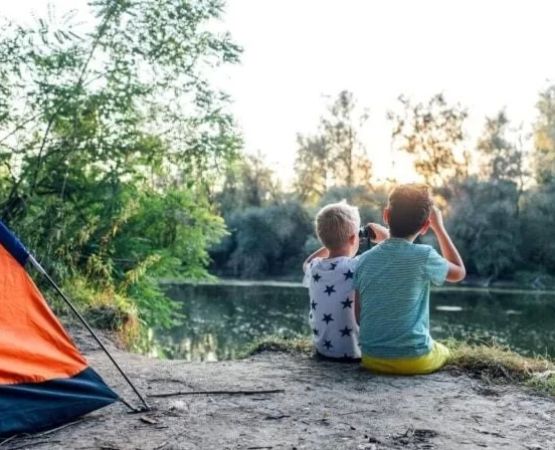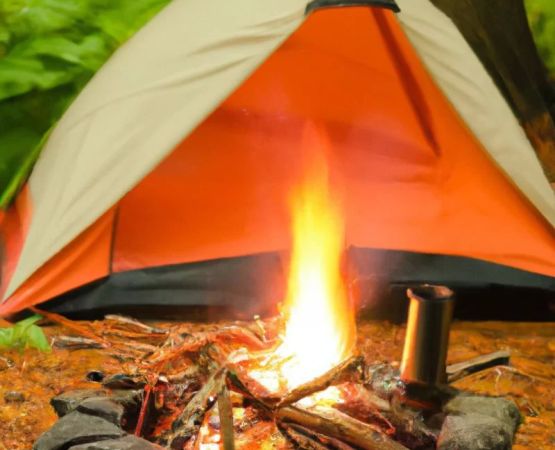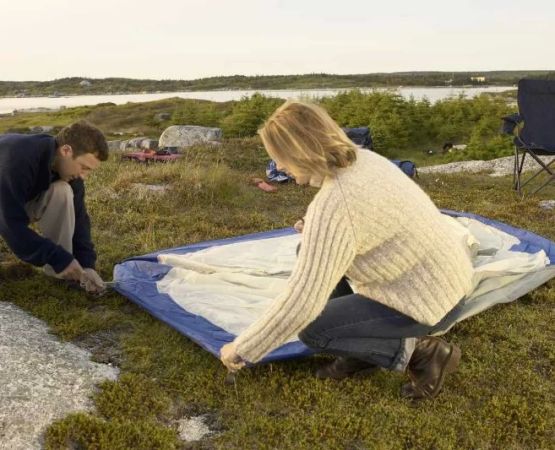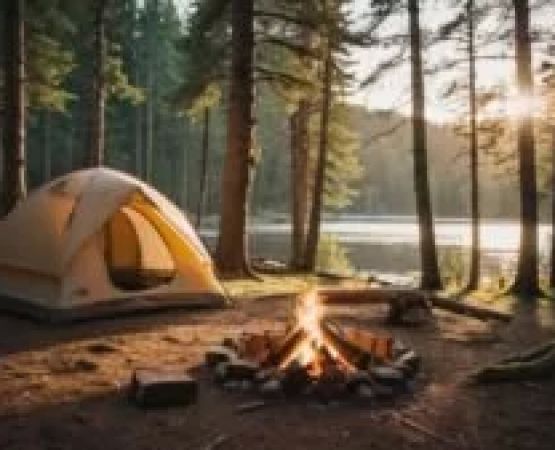How to Stay Safe Camping Near Wild Animals
- Understanding Wildlife Safety
- Precautionary Measures to Take Before Camping
- Practical Tips During Your Camping Trip
- Real-life Travel Stories and Lessons
- Essential Safety Gear for Camping with Wildlife
- What to Do in Case of an Encounter
Understanding Wildlife Safety
Camping near wild animals can be a thrilling experience, but it’s essential to approach it with caution. Wild animals, although fascinating, can pose risks to campers. Understanding the types of wildlife in the area and their behavior patterns is crucial for staying safe. From bears to snakes and even smaller animals, each species has its own set of risks and safe distance to maintain. Being aware of the local fauna is the first step in ensuring your safety.
Precautionary Measures to Take Before Camping
Before heading out into the wilderness, it's vital to research your destination and the wildlife present. Some key precautions include:
- Research Local Wildlife: Learn which animals are common in the area and understand their habits.
- Check Local Regulations: Some areas may have specific rules about food storage or wildlife encounters.
- Inform Someone of Your Plans: Always let a friend or family member know where you’re going and your expected return date.
- Pack Smart: Ensure you have the necessary safety equipment such as bear spray, whistle, or a first-aid kit.
Practical Tips During Your Camping Trip
When you're camping in areas with wildlife, staying alert is key. Here are some practical tips to stay safe:
- Store Food Properly: Always store food in bear-proof containers or hang it away from your campsite to avoid attracting animals.
- Be Noisy: Animals are less likely to approach loud, active humans. Make noise while hiking or setting up camp to avoid surprising an animal.
- Keep Your Distance: If you spot an animal, do not approach it. Observe from a safe distance and never try to feed them.
- Set Up Camp Away from Trails: Choose a campsite away from wildlife trails or water sources to avoid interactions.
Real-life Travel Stories and Lessons
Let me share a personal story from a camping trip I took near Yellowstone National Park. It was late evening, and I was setting up my tent when I noticed fresh bear tracks nearby. Panic set in for a moment, but I remembered the advice I had read beforehand: stay calm, make noise, and back away slowly. I did just that, and within minutes, the bear had moved on. This experience taught me how important it is to stay calm and be prepared.
Another friend had an encounter with a moose while camping in Canada. The moose was grazing nearby, and despite their large size, they can be surprisingly fast if they feel threatened. By keeping a safe distance and remaining still, my friend avoided any danger.
Essential Safety Gear for Camping with Wildlife
Having the right gear can make all the difference when camping near wild animals. Some must-have items include:
- Bear Spray: A non-lethal deterrent that can help you defend yourself in case of a bear encounter.
- Whistle: A loud whistle can help scare off smaller animals or alert others in case of emergency.
- Proper Food Storage: Invest in bear-proof containers or use a tree-hanging system to keep food out of reach.
- First-aid Kit: Accidents happen, and a well-stocked first-aid kit is essential for any camping trip.
What to Do in Case of an Encounter
Despite taking precautions, there may still be times when you come face-to-face with wildlife. Knowing what to do can make all the difference:
- Stay Calm: Panic can make the situation worse. Take deep breaths and assess the situation calmly.
- Back Away Slowly: Do not run, as this could trigger a chase response in some animals.
- Make Yourself Look Bigger: If you encounter a bear or another large animal, raise your arms and stand tall to appear larger.
- Use Bear Spray or a Loud Noise: If the animal is aggressive or charging, use your bear spray or make loud noises to deter it.


